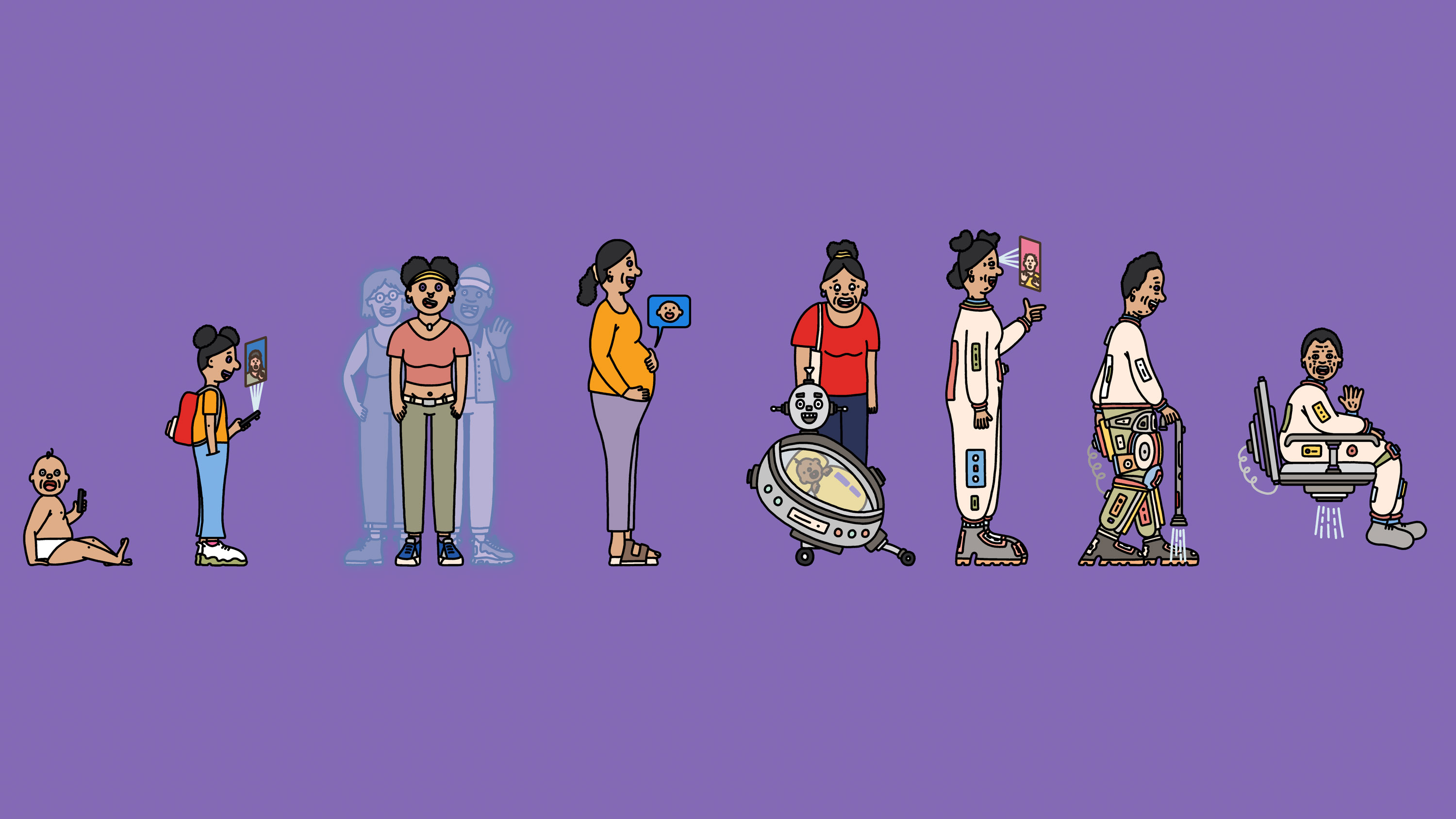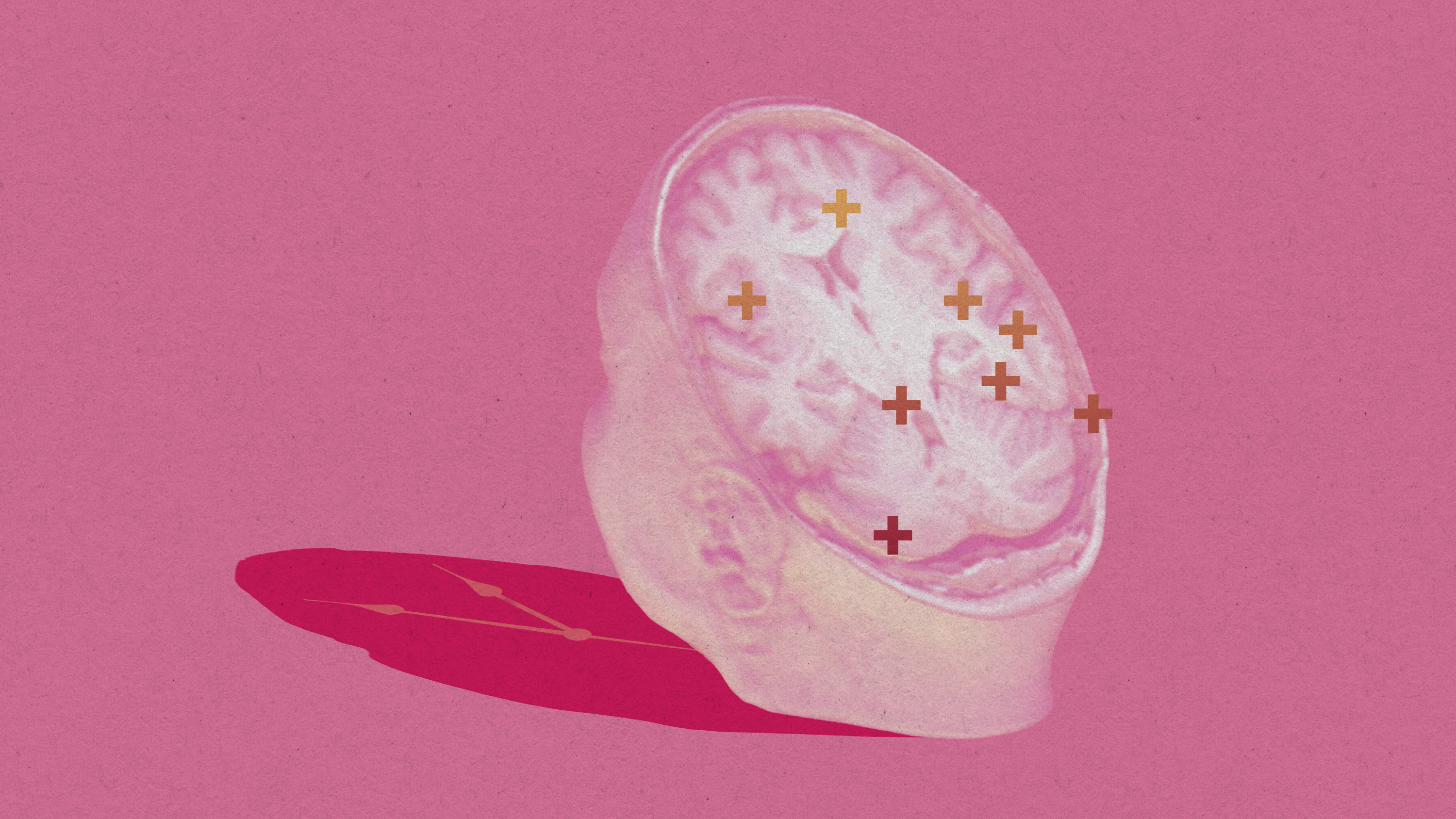“Forest bathing” might work in virtual reality too
Could electronic forests elicit the same physiological responses as real ones?

The Japanese concept of “forest bathing,” or shinrin-yoku (森林浴), has long been acclaimed for its supposed health benefits. Hundreds of scientific studies suggest that it can improve mental health and cognitive performance, reduce blood pressure, and even treat depression and anxiety. Yet forests can be hard to reach or, for some, completely inaccessible in a world where as many as 5 billion people might live in urban environments by 2030.
Some scientists believe that virtual reality could offer a remedy. VR has already been used to help distract children undergoing medical procedures, and icy virtual landscapes have alleviated the pain of burn victims. Could virtual forests elicit the same physiological responses as real ones?
A group of scientists at the Czech University of Life Sciences—a psychologist in collaboration with researchers in the forestry department—has tested the hypothesis by taking a group of 15 people into the Roztocký háj nature reserve near Prague for 30-minute bathing sessions. They then used laser scanners to develop a virtual twin of the same area of forest, enhanced with audio recordings. Twenty participants, including 10 who visited the real forest, spent 30 minutes in the virtual forest. Questionnaires assessing the participants’ emotional states revealed no significant difference between the two experiences, according to the results, published in November in Frontiers in Virtual Reality. As Martin Hůla, a forestry researcher working on the project, explained, “I was aware that the forest was not real. However, the experience was immersive, and it was easy for me to forget that I was in an experimental room.”
Another group of scientists investigated virtual forest bathing in a recent paper published in the journal Forests. This time, the scientists developed a game for the participants to play, based on real methods of guided outdoor forest therapy. The tasks included taking photos with a virtual camera, collecting various items, and taking part in a simple fitness program designed to give the players a sense of adventure. The eight people involved in the study found that their overall depression, anger, and fatigue decreased after they played the game.
Science is still divided on the mechanisms behind forest bathing itself. Some lend credence to the “biophilia” theory, popularized by Edward O. Wilson in the 1980s, which suggests that humans require interaction with nature because we are part of it ourselves. Another, called “attention restoration theory,” suggests that natural environments like forests offer people opportunities to recover from the tiring tasks of everyday life. Both theories might also apply in virtual forests.
There are limitations, of course. Since computer processing power is finite, virtual forests have physical boundaries. Some of the participants in the Czech study said they felt caged when they encountered the invisible forest wall. Power constraints also mean the computer is not perfect at rendering small details like mushrooms or insects. Nor can virtual environments mimic every sensory experience of a real forest, like the smell of damp leaves. One paper suggested that this problem could be solved by spreading leaves across the floor of the participation room. Duplicating other sensations, like the feel of wind, would prove more complicated.
Virtual environments can also cause cyber-sickness, which happens when your eyes perceive motion while your body does not. Psychologists, forestry experts, and computer scientists hope that further research with larger groups of participants will help to overcome these limitations.
Keep Reading
Most Popular

Happy birthday, baby! What the future holds for those born today
An intelligent digital agent could be a companion for life—and other predictions for the next 125 years.

This researcher wants to replace your brain, little by little
The US government just hired a researcher who thinks we can beat aging with fresh cloned bodies and brain updates.

Here’s how people are actually using AI
Something peculiar and slightly unexpected has happened: people have started forming relationships with AI systems.
Stay connected
Get the latest updates from
MIT Technology Review
Discover special offers, top stories, upcoming events, and more.
